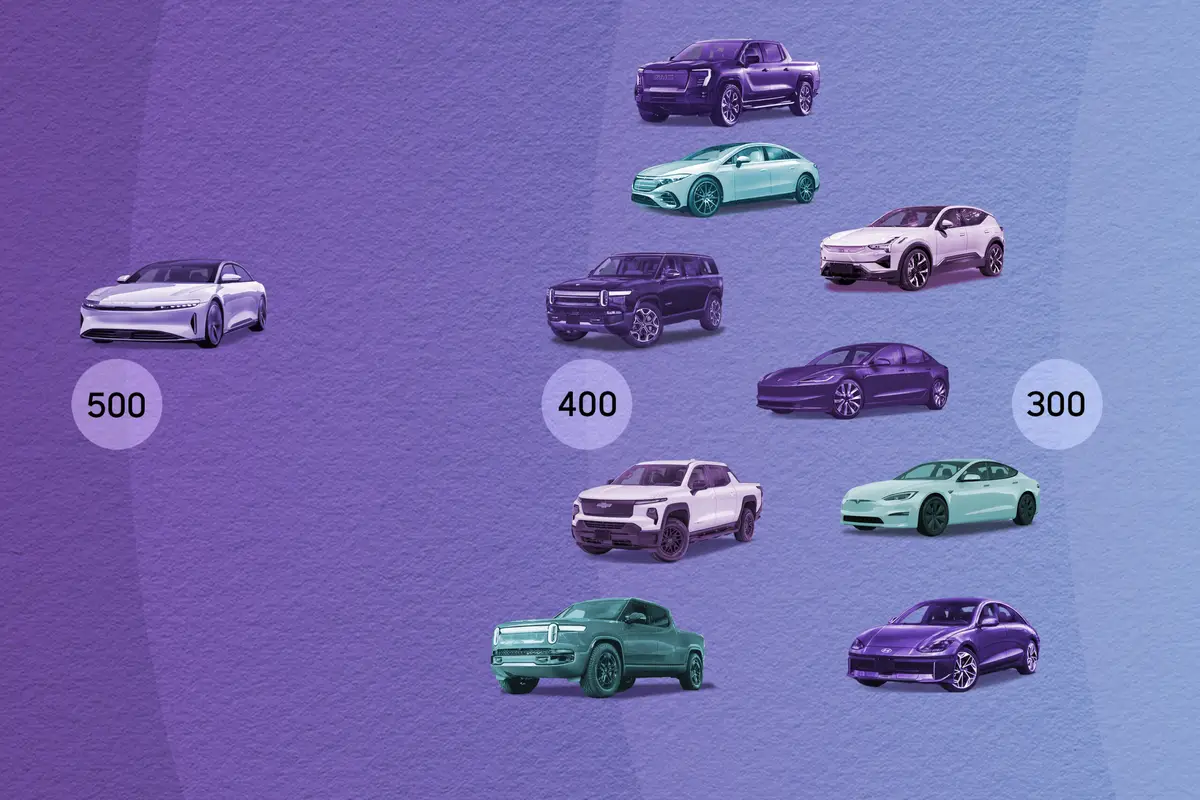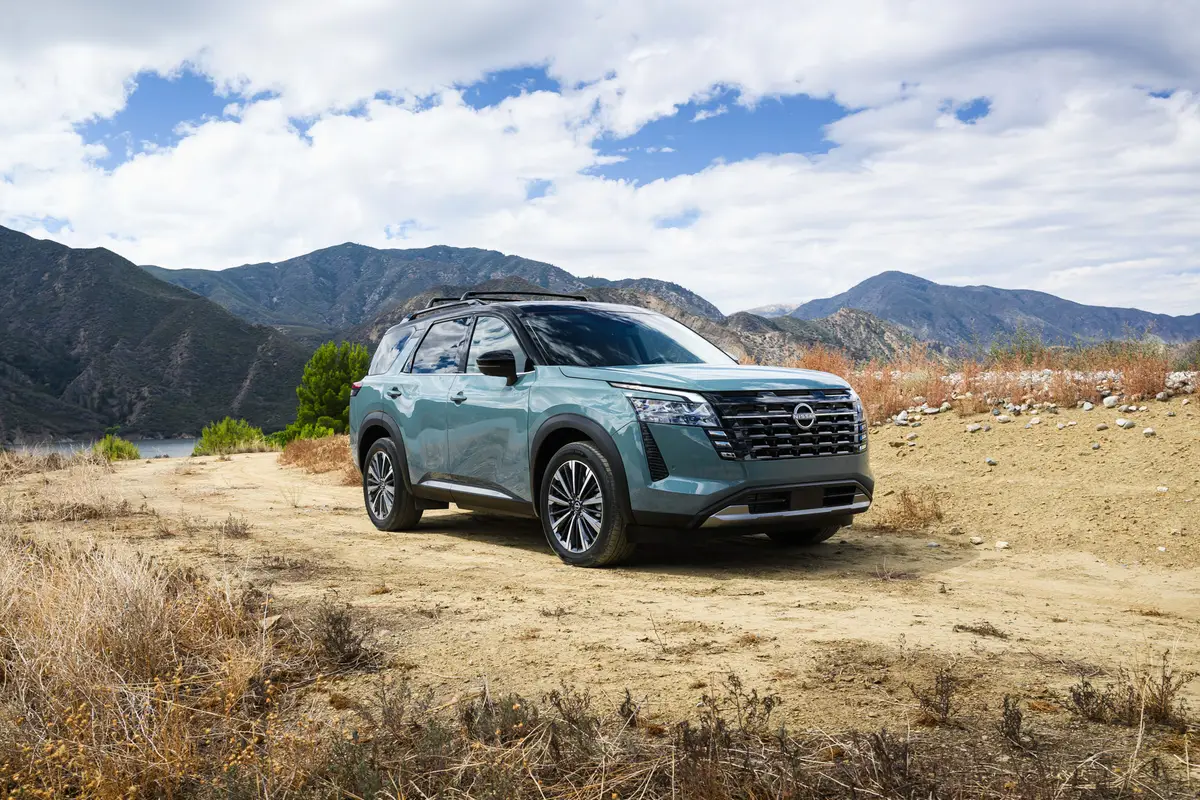washingtonpost.com's view
It has been four years. In the interim, nomenclature has been simplified, definition enhanced, and the Chrysler Pacifica, which went on sale in the United States in the spring of 2003, officially has been declared a family wagon.
It is not a minivan, not a sedan, not a “crossover,” nor a sports-utility model. It is a family wagon, available in Base, Touring, or Limited trim with front-wheel-drive or all-wheel-drive. It has seating for five people in Base format and seating for six in the Touring and Limited iterations.
Newer rivals, such as the General Motors trio of the Saturn Outlook, GMC Acadia and Buick Enclave, have seating for up to eight adults. For that and other reasons, this column currently ranks the GM trio as the leaders in the family wagon segment.
But the Pacifica remains a worthy competitor. Its maker, DaimlerChrysler, has abandoned the nonsense of trying to turn it into a luxury cruiser by loading it with gadgets and unnecessarily expensive materials, an initial marketing strategy that boosted the price of earlier Pacifica wagons to more than $40,000 — not exactly affordable for most American families.
The well-equipped, front-wheel-drive 2007 Pacifica Touring wagon tested for this week’s column starts below $28,000. Options add nearly $3,000 more — still providing an affordable, yet premium family hauler.
As a result, sales of the Pacifica, once lackluster, have grown stronger.
Pacifica buyers tend to be young, middle-income couples with children. For the moment, they have abandoned their fantasies of cruising the world’s scenic back roads in a roadster for two. But they have not jettisoned their notions of style, nor their desire for driving pleasure. The Pacifica gives them those things plus safety and utility — items desired by any parent relegated to familial taxi service.
We subjected this week’s vehicle to a two-family review — one from my group and another from the family of my assistant, Ria Manglapus.
My family is an older crowd — adults who have been in every car, truck or van imaginable. They are not jaded. But they can be disgustingly picky.
For example, there is my son, Tony. He’s a horsepower freak, a man who lives in pre-Iraq adoration of any vehicle that guzzles petroleum with the wanton disregard of a big-block V-8 looking for a race. He regards wagons and other van-like things as wimp-mobiles — “not real cars,” he once said.
Maybe Tony was tired when he joined my wife, Mary Anne, and me on a long run in the Pacifica. Maybe he had aged suddenly. I don’t know. But he volunteered his opinion that the interior “looks really nice . . . not what I expected.” And he was impressed by the vehicle’s easy competence in high-speed highway traffic.
“This thing got a V-8?” Tony asked.
“A 255-horsepower V-6,” I said in a response that elicited a disinterested “Oh.”
Mary Anne also liked the Pacifica’s interior with its modest, tasteful wood-grain and brushed aluminum accents. “Looks good, not over the top,” she said. But she didn’t like the placement of the navigation screen in the center of the instrument panel, directly behind the steering wheel. “Too distracting,” she said of the screen.
I agreed. I prefer that such screens be placed to the right of the steering wheel, between the driver and front-seat passenger, allowing both driver and passenger to check screen maps.
Ria has two boys who have many cousins. She has no difficulty finding people to fill a wagon, van or bus. The family’s youngsters are gadget nuts. A rear-seat entertainment video system is a must, as is a satellite radio system, both of which were in the Pacifica Touring model.
But tall adults in Ria’s family were not pleased with the second- and third-row seats, which they said offered insufficient legroom for long-drive comfort. Yet her family, overall, gave the Pacifica a thumbs-up rating.
Both families were concerned about the safety of the Pacifica’s automatic rear liftgate. We used various ways — safe and unsafe — to determine if sensors on the liftgate would stop it from closing on a child’s arm, hand, neck or leg. The safety tests involved placing an orange where a child’s appendage might be when the liftgate is closing. We tried this three times. In each case, the liftgate automatically retracted the moment it touched the orange. We were impressed.
Latest news



